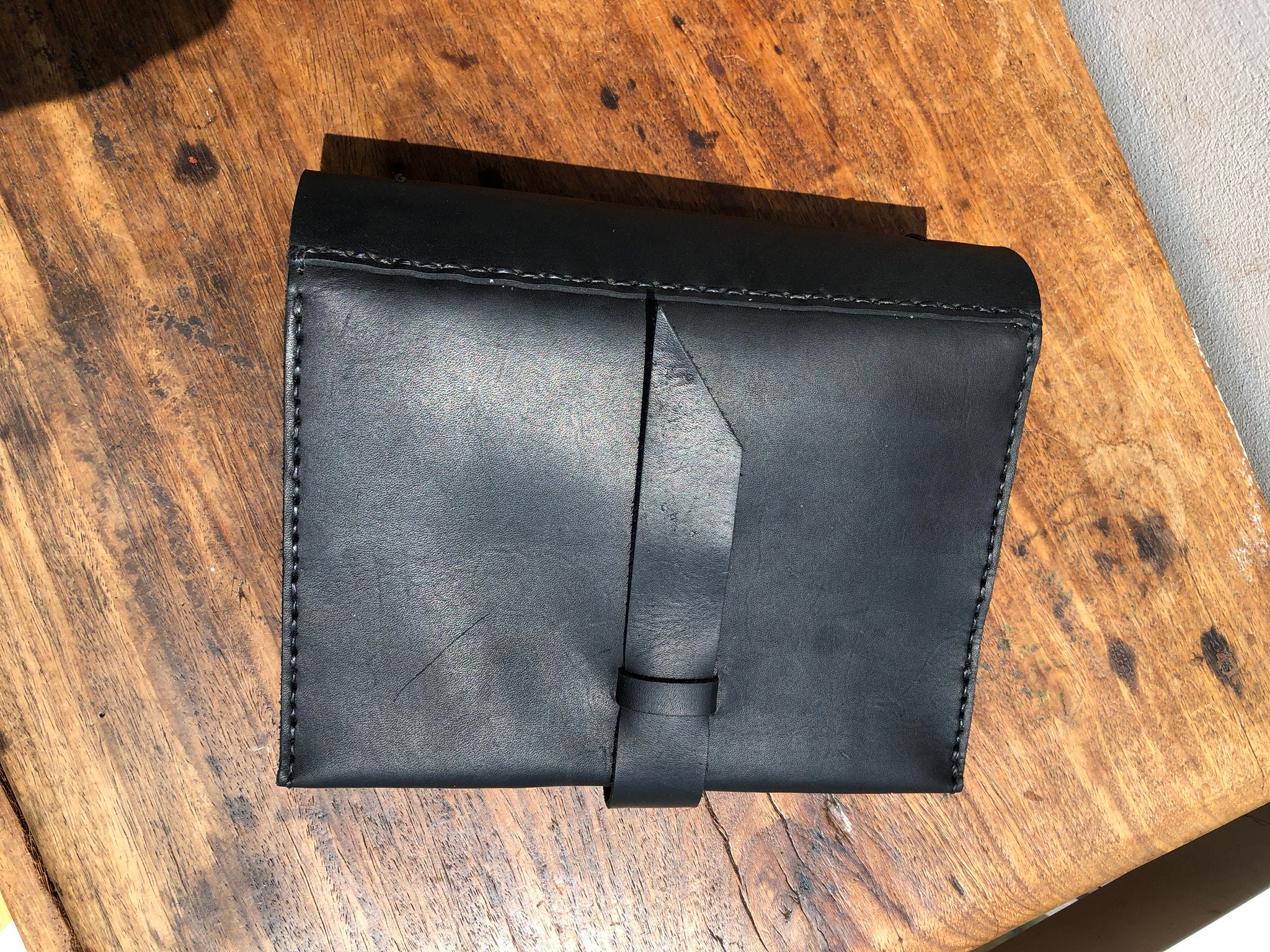

“A lot of people believe that binders are only for trans folks,” says Tate Sameshima, owner of TKVO, a queer gift shop in Toronto that hosts a pay-what-you-can binder program. Put simply, people use binders-compression garments that can be shaped like sports bras, crop tops or tanks-to make their chests appear smaller or flatter. So if you’re thinking about chest binding, here’s what you need to know. A 2016 study published in Culture, Health & Sexuality-the first about chest binding to appear in a medical journal-found that binding improved mood and self-esteem and lowered anxiety, depression and dysphoria for many participants. Binding isn’t a cure-all-I haven’t completely made peace with my chest-but on the days I need it, the practise has allow me to feel more confident and at home in my body. I started off with a form-fitting sports bra, and eventually moved on to wearing a chest-binder some days. I knew a handful of people who had used chest binders, and after doing some research, I eventually decided to try binding myself. I posted about how I’d been feeling on Instagram, and many of my queer, trans and gender non-conforming friends reached out to commiserate and offer advice. What I was experiencing was dysphoria, a feeling of discomfort that arises when your body and your gender identity are mismatched.

Any instances in which my breasts felt exposed left me anxious and embarrassed. I began to hold weight in places I wasn’t used to. As I hit my mid-twenties though, that started to change. Shifting my gender presentation has always felt comfortable for me, and a relatively androgynous body had allowed me to do so fairly easily.

As a short, thin person with very few curves, I’ve had the privilege of not having to think of my body’s shape much at all. For most of my life, my body has been blissfully androgynous.


 0 kommentar(er)
0 kommentar(er)
